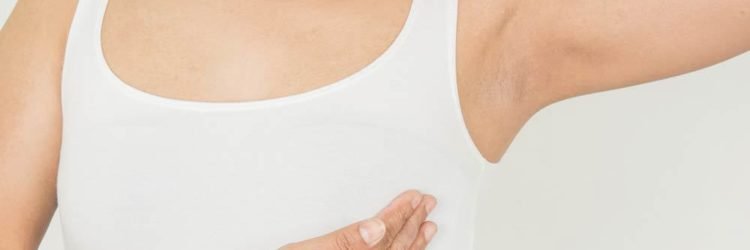It’s not uncommon for a woman to go to her yearly mammogram appointment, only to be told she needs further testing, such as an ultrasound. This can be quite frightening, but in many cases women are sent for further testing because they simply have dense breasts. While this provides some momentary relief, there are some facts about dense breast tissue every woman should know. Nearly half of women age 40 and older are considered to have dense breast tissue, which can pose a higher risk for breast cancer. Read on to learn more about dense breasts, and how they affect mammograms.
What Is Dense Breast Tissue?
Breast tissue is comprised of three types of tissue: fatty tissue, glandular tissue, and connective tissue. Women who have dense breasts have higher amounts of connective and glandular tissue and less fatty tissue. The density of the tissue can make it hard for a technician to read a mammogram correctly. As a mammogram is the gold standard for early detection of breast cancer, this can pose a problem.
Oftentimes, women with dense breasts are asked to have a follow-up ultrasound if the mammogram cannot be read sufficiently. Those with extremely dense breasts may likely work with their support team to schedule yearly ultrasounds instead of mammograms. A woman likely won’t know she has dense breasts until she goes to her first mammogram appointment, as the tissue is only viewable via the slides.
How Does Dense Breast Tissue Affect Me?
Fundamentally, having dense breast tissue affects your mammogram most of all. The main problem is that technicians simply can’t see concerning lumps or nodes within the breast, so ultrasound is preferred in women that have particularly dense breasts. Most states and mammography centers are required to inform women of their breast density, but this is not yet nationally regulated by the FDA. If in doubt, it’s a good idea to ask your physician about the density of your breast tissue. Patients of The Woman’s Clinic in Jackson and Madison are notified of breast density as part of our commitment to focus on breast health through The Breast Center.
Women with dense breasts are at a higher risk of developing breast cancer, however. This is tissue-dependent and is completely separate from the inability to see potential breast cancer concerns on a mammogram. However, knowing you have dense breasts is critical, so you can alert your physician. Researchers do not yet know why women with dense breasts are at higher risk. If you have dense breasts, one of the best things to do is explore additional options with your provider regarding breast cancer testing. The 3D mammography offered at TWC is more effective in “seeing” through dense breast tissue and also cuts down on call backs and follow-up testing. If you do not have access to 3D mammography, both ultrasound and MRI are good options for those with dense breasts. It’s just as important not to miss that yearly checkup when you’re over 40.
Who Is at Risk for Dense Breasts?
Researchers and physicians are not entirely sure why some women have dense breasts and others do not. However, there are some correlations. Increasing age, having children, and the use of tamoxifen have all been linked to lower breast density, while a low body mass index (BMI) and hormone replacement therapy are linked with higher density. It is assumed the main factor affecting breast density is genetics.If you need more information about dense breasts or need to be seen for a mammogram, schedule an appointment at The Woman’s Clinic.
The Breast Center now offers 3D mammography and is able to provide care at every life stage, regardless of breast density.



 Close
Close